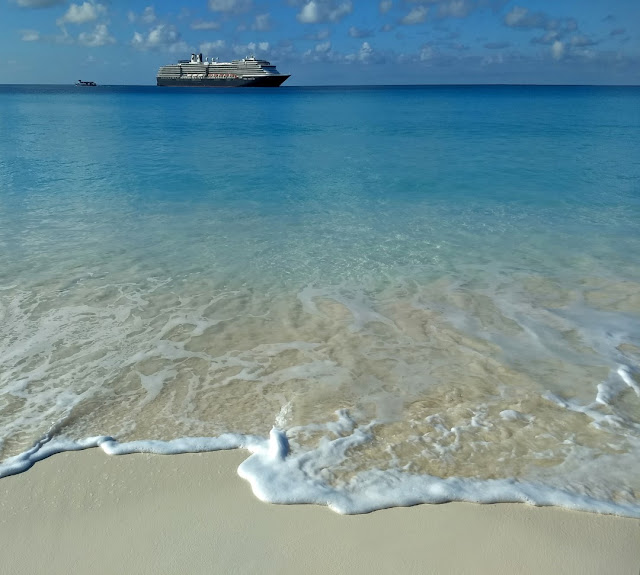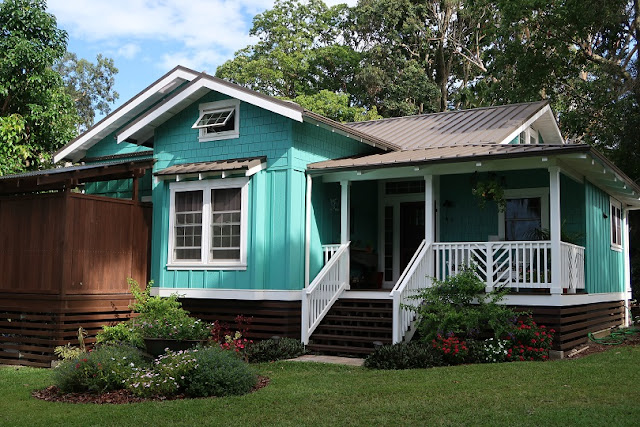Panama Canal Cruise - Canal Transit
The focus and highlight of this cruise is sailing through
the Panama Canal, which is on the bucket list of many people, especially former
engineers like myself. Considered one of the seven
wonders of the modern world, the canal saved ships sailing between the Pacific
and Atlantic oceans a 13,000 km (8,000 mi) trip around South America and the
often treacherous waters around Cape Horn. Due to the
serpentine shape of the Isthmus of Panama, the canal does not connect the
Pacific to the Atlantic from west to east, as one might expect, but rather from
southeast to northwest. (That’s right, the Atlantic entrance is further west
than the Pacific entrance!)
A direct sea
level cut of 82 km (51 miles) long wasn’t practical because of the intervening topography,
which would have required the excavation of an unrealistic amount of dirt and
rock. Instead, a huge upper lake was
formed by damming the Chagres River, and locks were added at each end to make
up for the 26 m (85 ft) difference in elevation. There was still a hug amount of
material that had to be cut from the landscape to make it all work, and more
than 30,000 workers lost their lives (especially due to Yellow Fever) during
its construction. Completed in 1914, most of the systems then are still in use
today; however, a second set of locks was completed in 2016 to handle the
biggest of the modern ships.
It takes
the better part of a day to do the whole transit and it kept me intrigued the
whole time to watch it all work and to see other huge ships passing close by. Being a non-engineer, Deborah was probably
less enthralled, but assures me she still enjoyed the experience.
Passing near Panama City as we approach the locks.
Busy harbor of Panama Bay
The enormous Bridge of the Americas spans the entrance to the canal.
Each set of the original locks has two lanes and traffic can go in either
the same or opposite directions, depending on need. Notice the gates opening on our right lane.
Our ship, the Holland America Line Rotterdam, is 106 feet
wide. The canal is 110 feet wide. Not a
lot of clearance.
Cog wheel trains – two or three on each side –are tied to each ship passing through and run on parallel tracks to keep it centered in the lock.
Deborah's video of the trains in action.
Lines from the ship are tied to the cog wheel trains by the low tech method of tossing them first to canal workers in row boats who then relay the lines to the trains. They have tried shooting the lines over but apparently this was found to be too hazardous.
Gathering the lines.
Lots of lines to keep track of.
Panamanian pilots coming aboard our ship to help navigate.
View of the gates and the differing water levels on either side.
Lots of huge ships passing through.
Some of these were once hilltops, now islands after the river was dammed and a lake formed.
Pilot boats
Centennial Bridge
Enormous container ship passing through the lane next to our ship.
The superstructure on giant container ships like this one is basically an eight story building.
Watching the action from Deck 6 on our ship.
Gate closing.
Leaving a lock.
























Comments
Post a Comment